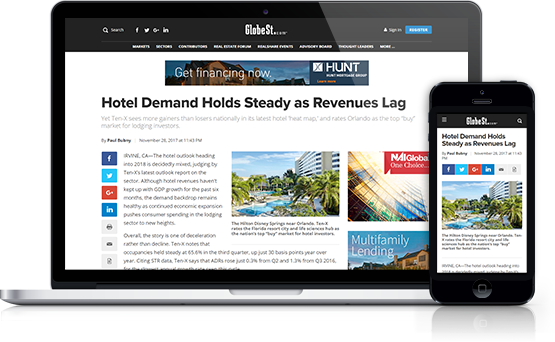WASHINGTON, DC—Multifamily rental housing is expected to be a key component of Opportunity Funds, according to an analysis by Freddie Mac. Indeed, it notes that of the 117 planned funds identified by the National Council of State Housing Agencies as of April 4th of this year, 76 have an investment focus of multifamily residential development, with estimated earmarked funds totaling between $18.8 billion to $19 billion.
Freddie Mac, as well, expects it will be active in providing financing to these areas—certainly if past history is any guide.
Recommended For You
Want to continue reading?
Become a Free ALM Digital Reader.
Once you are an ALM Digital Member, you’ll receive:
- Breaking commercial real estate news and analysis, on-site and via our newsletters and custom alerts
- Educational webcasts, white papers, and ebooks from industry thought leaders
- Critical coverage of the property casualty insurance and financial advisory markets on our other ALM sites, PropertyCasualty360 and ThinkAdvisor
Already have an account? Sign In Now
*May exclude premium content© 2025 ALM Global, LLC, All Rights Reserved. Request academic re-use from www.copyright.com. All other uses, submit a request to [email protected]. For more information visit Asset & Logo Licensing.









